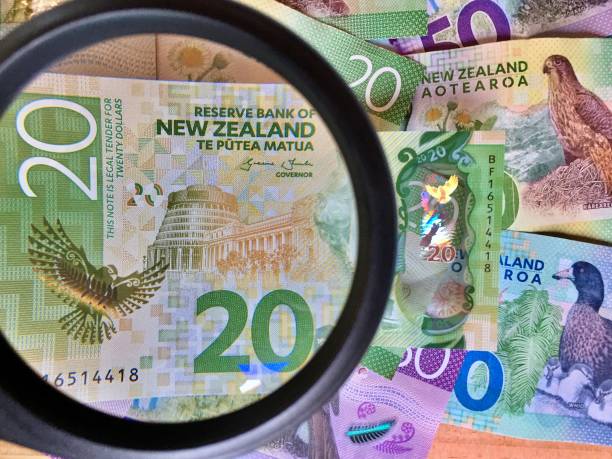NZD/USD advances to near 0.5850 following stronger-than-expected Chinese trade data

NZD/USD appreciates as the US Dollar struggles amid increasing investor concerns, leading to a shift away from US assets.
The NZD also benefits as China’s trade surplus surged to $102.6 billion in March, beating the $77 billion forecast.
Fed’s Kashkari noted that the economic impact of Trump’s trade war would hinge on how trade uncertainties are resolved.
The NZD/USD pair continues its upward momentum for the fourth consecutive session, trading around 0.5840 during the Asian session on Monday. The New Zealand Dollar (NZD) gains traction as the US Dollar (USD) weakens following US President Donald Trump’s announcement late Sunday of less aggressive tariffs on Chinese imports, including semiconductors and electronics. Trump clarified that these items will remain subject to the existing 20% fentanyl-related tariffs rather than the initially rumored 145%.
NZD also benefits from stronger-than-expected Chinese trade figures for March—critical for New Zealand given its economic ties to China. China's trade surplus, measured in Yuan, surged to CNY 736.72 billion from CNY 122 billion in February. In USD terms, the surplus hit $102.6 billion, beating the $77 billion forecast, though down from the previous $170.51 billion. Exports rose 13.5% year-over-year, accelerating from February's 3.4%, while imports fell 3.5%, a smaller drop compared to the prior 7.3% decline.
China’s General Administration of Customs acknowledged the challenging global environment but remained optimistic, stating that foreign trade has shown both quantitative and qualitative growth. Officials reaffirmed China's resolve to implement necessary measures to counter US actions and protect national sovereignty.
Meanwhile, the US Dollar Index (DXY) declined for a third straight session, falling toward the 99.50 mark and approaching Friday’s three-year low of 99.01. The Greenback’s weakness reflects declining investor confidence amid softer economic data and dovish signals from the Federal Reserve.
The US Producer Price Index (PPI) rose 2.7% YoY in March, down from 3.2% in February, with the core rate easing to 3.3%. Commenting on the economic impact of the trade war, Minneapolis Fed President Neel Kashkari said on Face the Nation that the uncertainty poses the most significant blow to confidence since the onset of COVID-19 in March 2020.
* The content presented above, whether from a third party or not, is considered as general advice only. This article should not be construed as containing investment advice, investment recommendations, an offer of or solicitation for any transactions in financial instruments.


